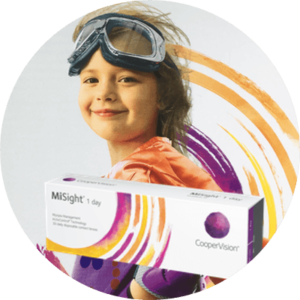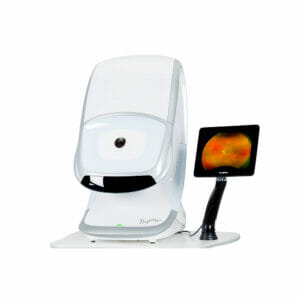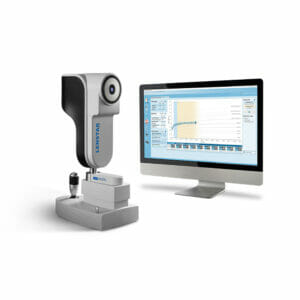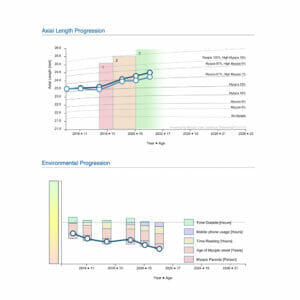Why Treat Myopia?
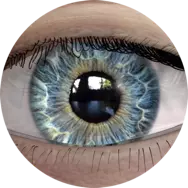
Risk of Eye Disease
Shortsightedness or myopia is associated with diseases such as myopic macular degeneration, retinal detachment, cataract and open angle glaucoma.

Reducing Risk
Reducing shortsightedness by just 1 unit in an individual, could reduce the risk of developing a blinding degeneration of the retina by 40%.

Treatments
Specialised spectacles and contact lenses are now available to slow down myopia. Myopia management is key to reducing the risk of these conditions.
Why Treat Myopia?

Risk of Eye Disease
Shortsightedness or myopia is associated with diseases such as myopic macular degeneration, retinal detachment, cataract and open angle glaucoma.

Reducing Risk
Reducing shortsightedness by just 1 unit in an individual, could reduce the risk of developing a blinding degeneration of the retina by 40%.

Treatments
Specialised spectacles and contact lenses are now available to slow down myopia. Myopia management is key to reducing the risk of these conditions.
Myopia Management Treatments
We only offer scientifically proven treatments
When is the Best Time to Treat?
ANSWER: as early as possible.
All currently validated treatments for myopia management have been shown to reduce the rate of eye growth on average by at least 50% per year. The effectiveness of these treatments depends on the age of the child and duration of the treatment. Therefore, it makes sense to start treatment as early possible.




